If you live with a dog, chances are, you know how important it is for your pup to get exercise in order to stay healthy. Some dogs will happily accompany you on a 5-mile run, and for others, a short daily stroll will suffice. But how do you know when your canine companion is getting too much exercise for his own good?
Just like many things that are health-related, there is no “one-size-fits-all” answer. Instead, you should evaluate your dog based on his individual needs.
“Every dog is an individual and will have his or her own needs, but all dogs need some daily exercise,” Amy Ockelford, Press Officer for the RSPCA, told iHeartDogs. “The amount of exercise and the type of exercise can depend on their age, breed and health.”
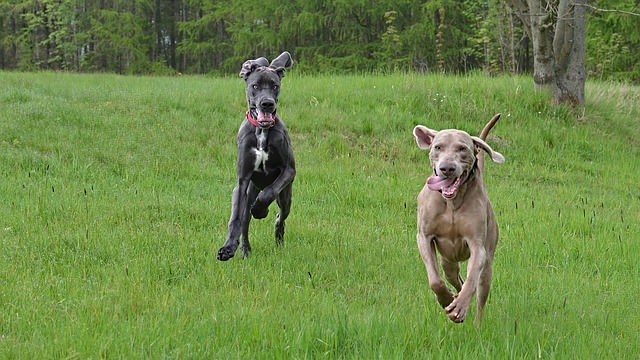
As always, consult your vet with any questions or concerns you have about your dog’s exercise routine.
Some things to consider:
-Breed
According to PetMD, working or herding breeds (and possibly mixes of) will likely need the most exercise. If you have a dog with lots of energy, aim for 1-2 hours of movement a day.
On the flip side, owners of brachycephalic breeds (like Bulldogs and Frenchies) should be extra careful to avoid overworking their pups, particularly in hot weather. These types of breeds have a tendency to overheat, and can encounter breathing problems with too much exertion.
“Any dog can struggle in hot weather and you should exercise them during the coolest parts of the day,” Ockelford explains. “Dogs with health problems, [or] brachycephalic breeds, are particularly at risk.”
A casual stroll around the block is often sufficient daily activity. If you have a high-energy brachycephalic dog, like a Boxer, aim for multiple short spurts of play rather than a long period of exercise.
-Age
Just like with humans, young puppies tend to be bundles of energy, and dogs slow down as they age. Of course, your older dog should never be pushed if he’s tired out, but regular exercise is still important for capable seniors!
“Just as you may change your dog’s diet as they get older, you should also consider whether you need to change your pet’s exercise routine,” Ockelford says. “Exercise is important not only for your dog’s physical health but also his mental health, and the need to exhibit natural behaviours such as sniffing and exploring is vital.”
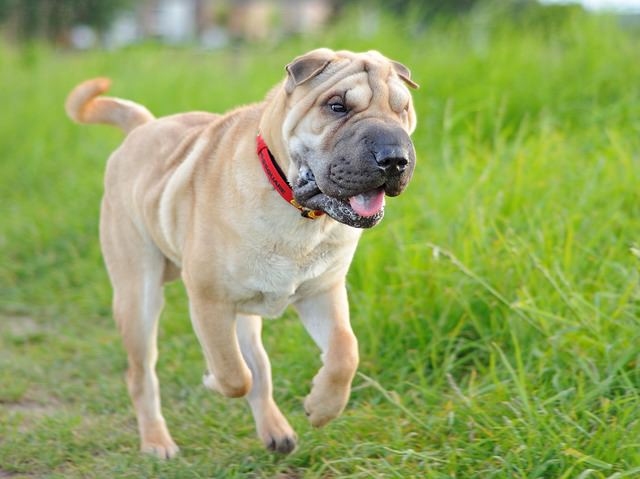
-Weight
While exercise is a key factor in getting an overweight pooch back into shape, make sure to start slow. You probably shouldn’t take your hefty hound on a multi-mile run when you first start exercising; try building your walks, instead.
-Size
Keep in mind that the size of your dog will determine the length of his stride. Your short-legged Chihuahua takes several steps to your one. What may seem like a long walk to you could feel like a marathon to her!
-Temperature
If it’s hot outside, make sure to take it easy with your pup, especially if he has a low tolerance for heat, is double-coated, or is a brachycephalic breed. Dogs that are sensitive to high temperatures are probably better doing rigorous exercise in the fall or winter.
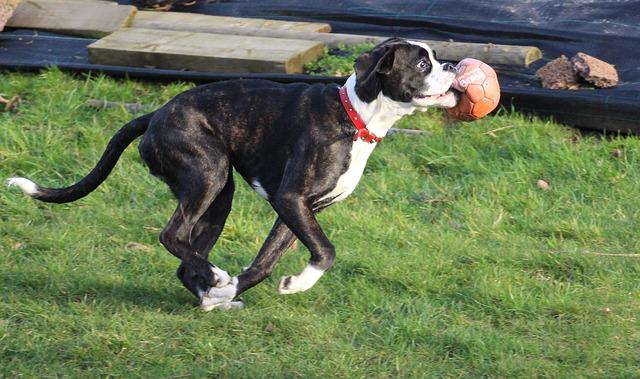
Avoid pushing them too hard:
While plenty of pups relish in jogging with their humans, athletes should be careful about going too fast or too far with their companions. According to Dr. Kobi Johnson in an interview by The Seattle Times, cyclists who allow their dog to run beside them should keep a close eye on their canines – or avoid it altogether.
“I discourage this,” said Dr. Johnson. “Although many dogs can run faster than their human companions, the dog is likely to overexert quickly.”
He adds, “I actually feel the same way about running with your dog, especially a small dog. The dog is stimulated to keep up and will ignore its own fatigue.”
If you and Fido love being active outside, perhaps a shaded hike in the woods (with frequent water breaks) would be a better option, especially in the warmer months. And as mentioned above, when it’s hot outside, taking a stroll close to home or playing in the air conditioned house are also safer bets.
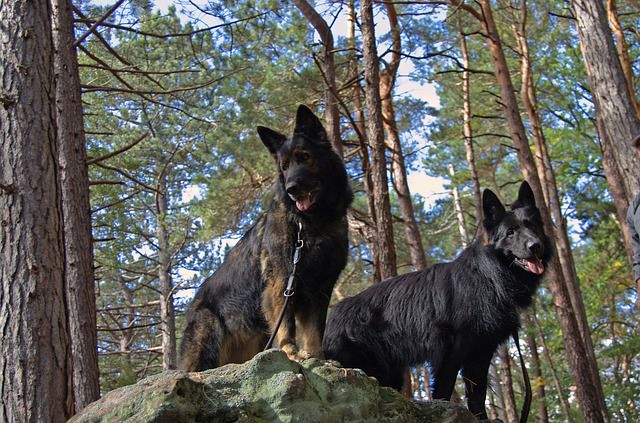
Physical signs of overexertion:
First off, every pup parent should know the signs of heat stroke and what to do about it. Symptoms include:
– excessive panting
– very red gums
– very red tongue
– vomiting/diarrhea
– collapse
– excessive salivation
And be especially careful if your pooch has any of these risk factors:
– Obesity
– Flat-faced (brachycephalic)
– Not acclimated to temperature
– Heavy coat
– Older in age
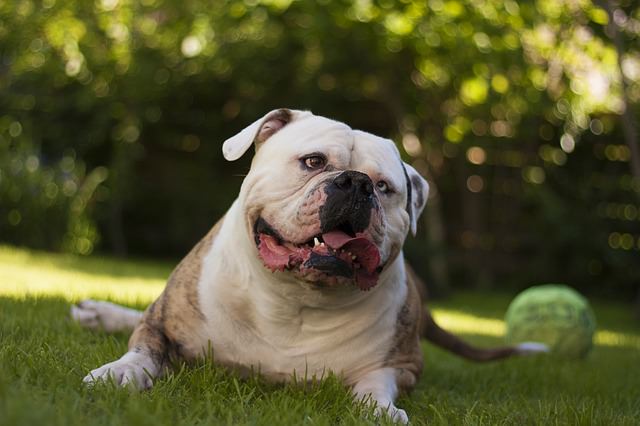
Another physical sign of too much activity is injured paw pads. If your pup is having too much fun, she may not realize that her paws are getting scraped up, or even burned on the hot pavement.
Try to avoid having your dog play fetch on gravel or concrete. When your exuberant pal skids to a stop, she could skin her paw pads (imagine the sting of a skinned knee, but on the bottoms of your feet – ouch!).
Also, always check the temperature of pavement and concrete with the palm of your hand. If you can’t hold it there for 5 or more seconds without feeling it burn, it can definitely scorch your pooch’s paws.
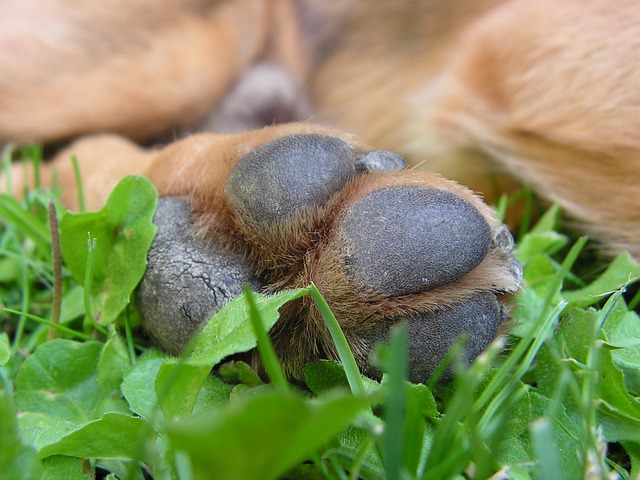
Be cognizant
You know your dog best, and if you remain cognizant, you’ll realize when she’s getting fatigued. If she starts to slow down, pant to excess, or get snippy with playmates, it’s probably time to head home before she’s utterly exhausted.
If you’re focusing on your own fitness, it can be easy to forget that Fido is dragging behind you. But when your dog is with you, his safety should be your top priority – and if you have to, drop him off at home and finish your workout alone.
